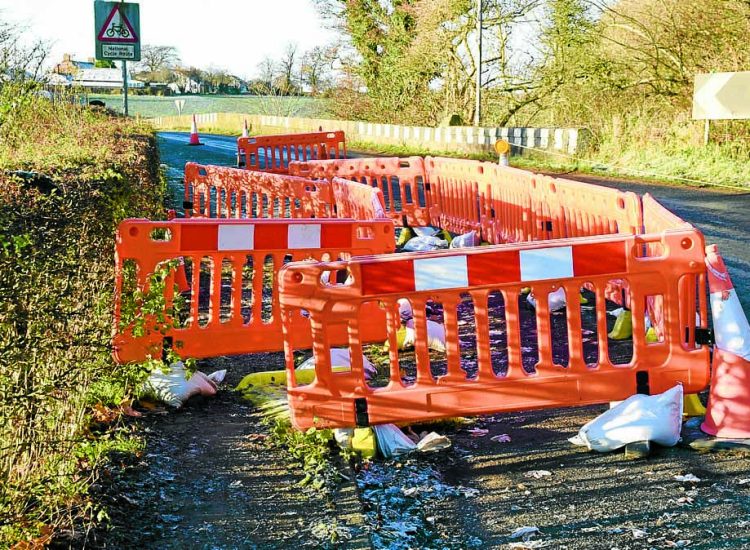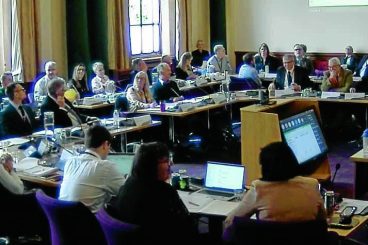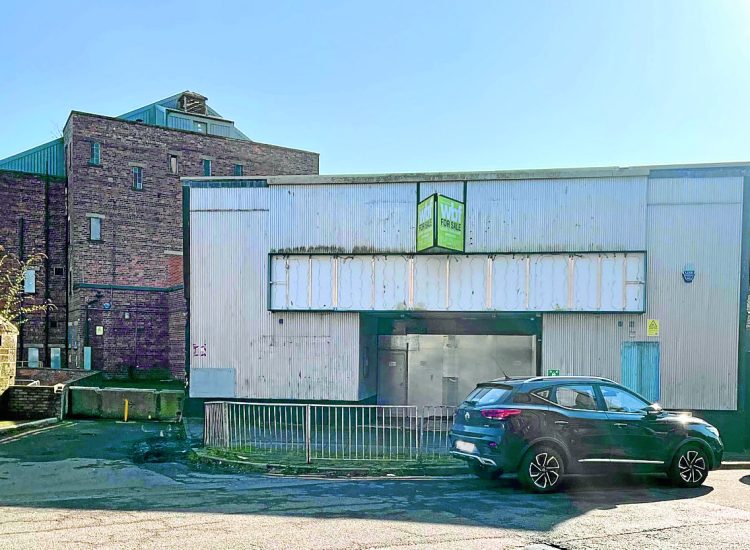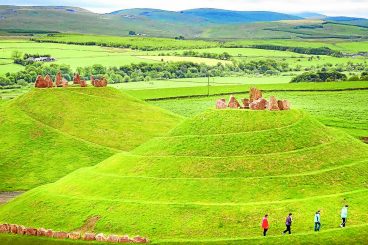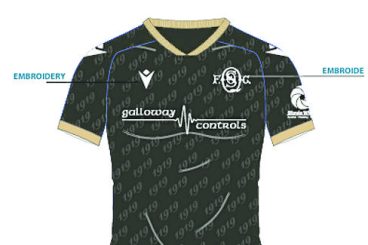THE gallbladder is a sac that sits just underneath the liver. It stores and concentrates bile which is produced by the liver, and which is needed to break down the fat in our diet. When fat is eaten, the gallbladder squeezes and releases bile into the small bowel, where the majority of fat is digested.
Imbalances in the different parts of bile can create small crystals which over time (usually many years) get bigger and form gallstones. There may be one or many, and they vary in size. The majority of people with gallstones do not have any issues – they have been found by chance whilst being investigated for something else. Around 20 per cent of people, however, will have problems.
The commonest issue is ‘biliary colic’, or gallstone pain which is due to a stone(s) moving and the gallbladder squeezing around it. This pain is typically felt in the top right area of the tummy, below the rib cage, though can spread around the back or towards the middle of the tummy. Pain is usually brought on by eating and can last for a number of hours. Diagnosis is with an ultrasound scan requested by your GP.
Gallstones can occur in anyone, though are more common in females (especially if taking additional hormones in contraception or HRT or if pregnant), those who are overweight and/or aged 40y and older.
Some people can manage their gallstone symptoms by reducing the fat in their diet, and may never need or want surgery. Others with recurrent or severe issues may be referred to have their gallbladder removed. This is most often done as a ‘keyhole’ (laparoscopic) surgery but a very small number may require traditional ‘open’ surgery. As with any operation there are potential risks and possible complications, which a surgeon would discuss in more detail.
If a gallstone moves and gets stuck in one of the ducts causing a blockage, this can result in back pressure to the liver and potentially inflammation or infection. This may present as more severe and constant tummy pain which may start in the same top right area, but could spread across the whole belly and may be accompanied by fever, vomiting, feeling generally unwell and jaundice (yellow skin, yellowing of the whites of the eyes, very dark urine combined with very pale stool). If you develop these symptoms you must speak with a doctor promptly for assessment, as you may need blood tests or hospital admission for further investigation and treatment such as antibiotics, scans and removal of the blocked stone.










